I’ve been investing with LendingClub for over two years now. They securitize person-to-person loans so that you can lend money to other people in $25 increments, and you collect the interest after some fees. The stated interest rates are about 7-16%. On their home page, they boast of very impressive returns:
If you had invested $10,000 in Lending Club Notes in June 2007 (when we started issuing loans) and continued to reinvest your returns, you’d have made over 9.5% net annualized returns to date, outpacing a high yield corporate bond index, the NASDAQ, S&P 500 and even 1-3 year treasuries.
While I can only assume this statement is technically true, you have to remember that the way they state the numbers includes a lot of new loans that have not had a chance to “age” until maturity. LendingClub notes are all for a three year term. It would be more informative, in my opinion, to specifically look at the return of only loans that have completed. Since LC is so new, how about as old as possible.
For that, I go to the Statistics section. I should point out that the date range is for the origination date of the loans. The observation date is today. Accordingly, the default view of “Show All Time” shows every single loan from mid-2007 until today. Again, this includes a lot of new loans, many of which are impossible be classified as defaulted yet (must be 120+ days late). Instead, let’s narrow down the origination dates so we can look at loans of a set age.
June 1, 2007 to December 31, 2007
We’ll start with the loans that originated in 2007, their first year of operation. Even though these loans aren’t all completely done, they are the oldest loans available with an average age of about 2.5 years. Here are the average returns and average interest rates, sorted by credit grade:
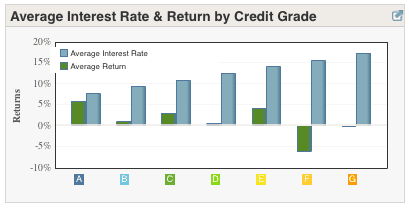
Here are the average returns by loan amount:
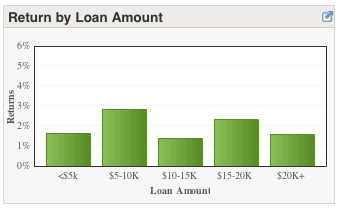
The interest rates being charged (blue) are predetermined by LC, and as you’d expect they increase as credit quality decreases. However, the returns (green) are not what you might expect. Grade A loans appear to have performed the best, but other than that there is no real direct relationship between return and credit grade. I see no clear relationship between loan size and return, either. Most importantly, by visual estimate, the average return for all of these loans is only approximately 2%. This is way off from 9% returns.
(Read on for more…)
[Read more…]

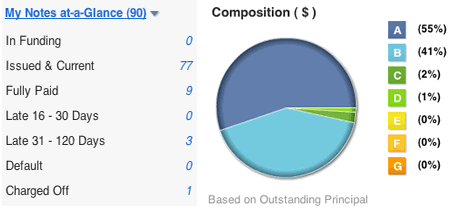


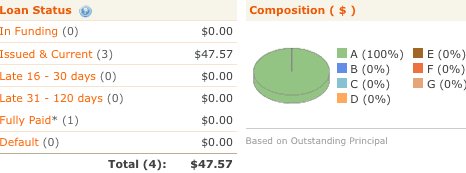
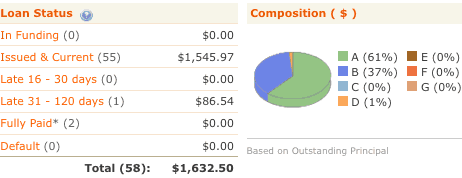
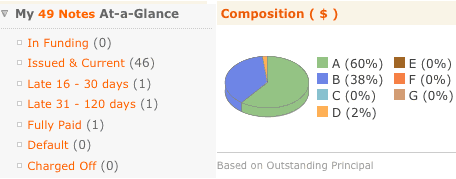

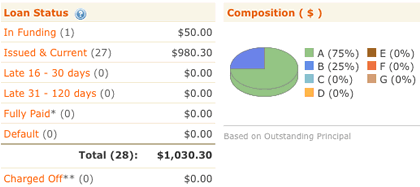
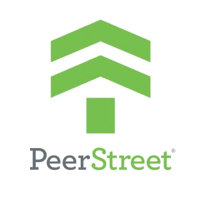
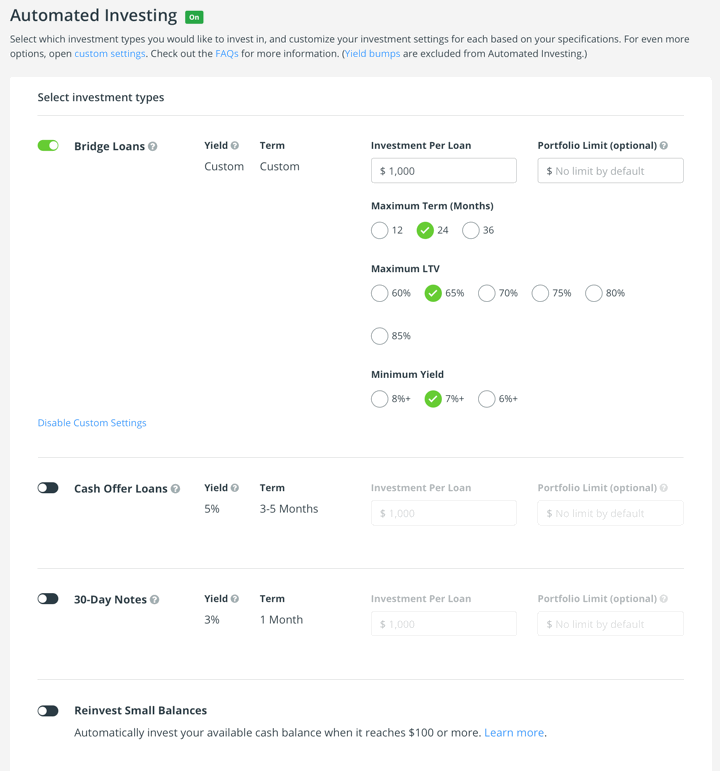

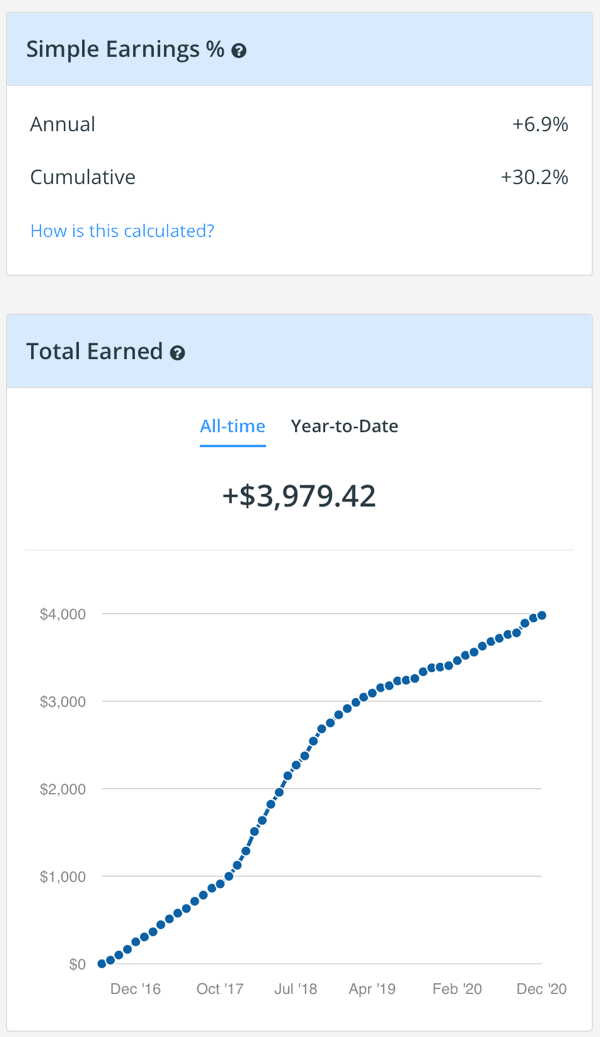
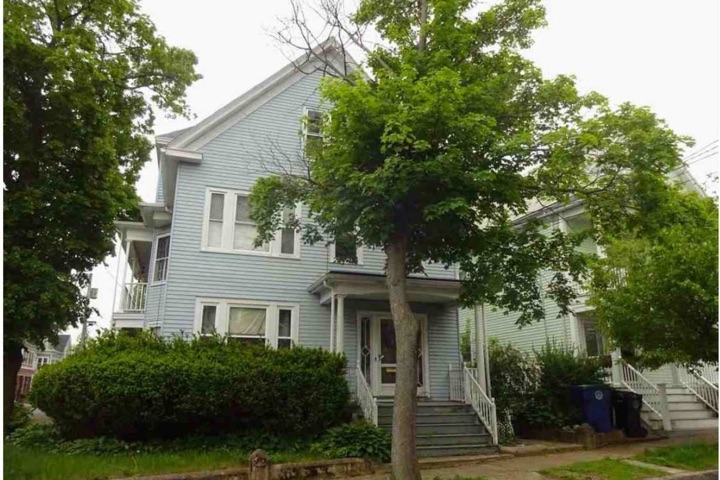
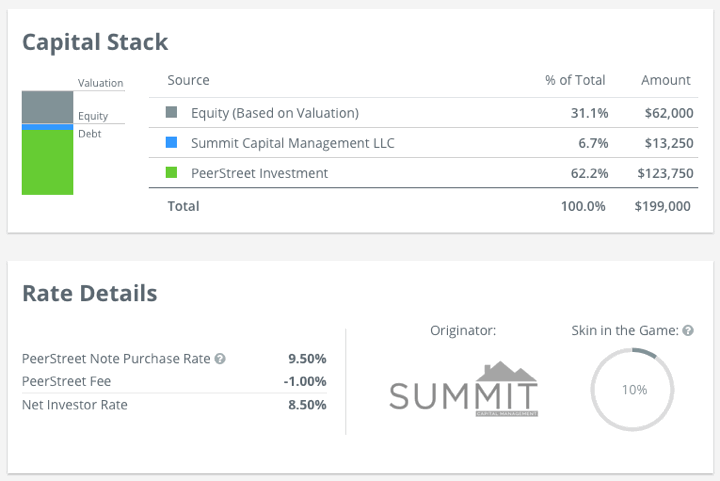


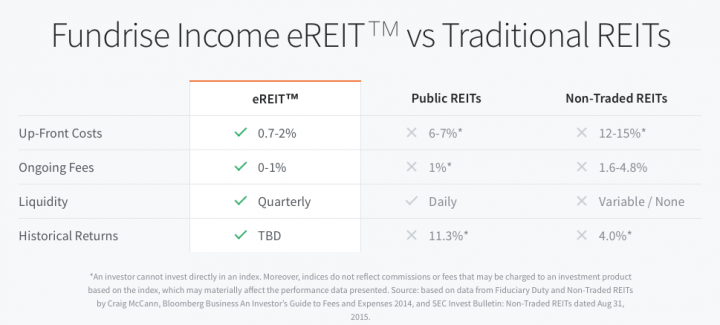
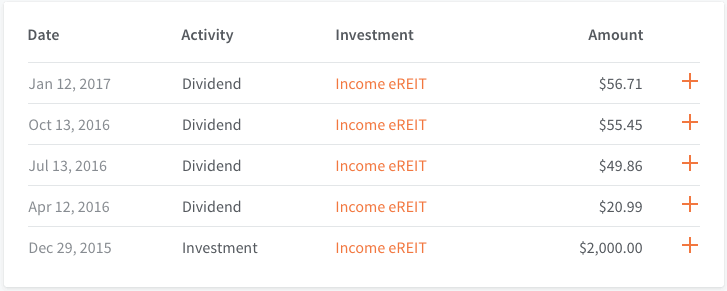
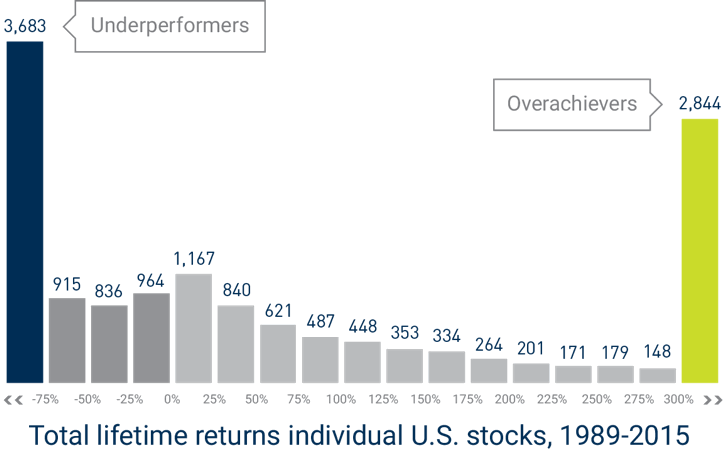
 The Best Credit Card Bonus Offers – 2025
The Best Credit Card Bonus Offers – 2025 Big List of Free Stocks from Brokerage Apps
Big List of Free Stocks from Brokerage Apps Best Interest Rates on Cash - 2025
Best Interest Rates on Cash - 2025 Free Credit Scores x 3 + Free Credit Monitoring
Free Credit Scores x 3 + Free Credit Monitoring Best No Fee 0% APR Balance Transfer Offers
Best No Fee 0% APR Balance Transfer Offers Little-Known Cellular Data Plans That Can Save Big Money
Little-Known Cellular Data Plans That Can Save Big Money How To Haggle Your Cable or Direct TV Bill
How To Haggle Your Cable or Direct TV Bill Big List of Free Consumer Data Reports (Credit, Rent, Work)
Big List of Free Consumer Data Reports (Credit, Rent, Work)